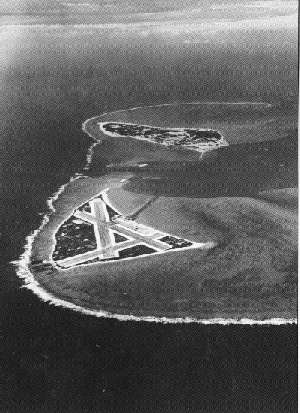


The next senior command up the chain that has re-established communications, then takes that data, evaluates based on other cumulative data, and issues the next mission order.Ĭommunications to higher headquarters are certain to be severely disrupted, if not entirely severed. It should be replaced by what General Mattis has termed “command and feedback.” Each ship commander executes the mission received long before hostilities begin, and, with communications cut off, executes and reports back. If this is the future, then naval training must reject the concept of centralized command and control. Each commander of each ship is the war-fighting decision-maker. But if the task forces spread out, then communications and synchronization are disrupted. Dispersion clearly is one key to survival. That means carrier task forces clustered around large deck carriers offer four or more tempting targets at a time. Why? Because hypersonic missiles and satellite tracking now challenge the concept of close-in group defense. When that occurs, the necessity for decentralized initiative will be paramount. Our navy will be challenged to battle again. Since then, our navy has not been contested at sea. Those naval battles occurred three-quarters of a century ago. In the Guadalcanal battles, the captains of individual ships-from destroyers to battleships-engaged the enemy amidst chaotic nighttime conditions and garbled communications. In the Midway battle, American naval aviators demonstrated remarkable initiative at the squadron level, taking enormous chances without clear orders from above. At sea, the battle for Guadalcanal took the lives of over 5,000 American sailors. On land, the battle took the lives of 1,592 Marines. From November on, the Japanese were fighting on the defense and being steadily pushed back. In mid-November, the heavily depleted Japanese fleet withdrew, leaving to be destroyed four transport ships with thousands of soldiers and tons of food. The navies on both sides slugged it out to provide reinforcements and logistics. fleet, orchestrated the 1 st Marine Division assault against Guadalcanal to pierce the Japanese Pacific perimeter. For three months, the Marine lodgment was battered by successive assaults by numerically-superior Japanese soldiers. In contrast, six months later, the seven naval battles of Guadalcanal, culminating in mid-November, were fought to determine control of the land. After Midway, Admiral Ernest J. It was a classic naval battle between two fleets aimed at establishing blue water dominance. Of Japan’s six aircraft carriers, four were destroyed. Japan was forced to abandon its plan to expand its control across all of the Pacific and concentrated instead upon protecting its occupation of East Asia. The first-and by far the most famous-was the clash on Jnear the island of Midway. The two battles were distinctly different. In the words of the Naval War College, the “ operational initiative” lay with the American Navy. Less than a year after Japan had attacked Pearl Harbor and proclaimed that all of Asia belonged to Emperor Hirohito, American successes in two naval battles permanently altered the course of the war. Navy wrested the warfighting initiative from imperial Japan and set the course toward victory.


 0 kommentar(er)
0 kommentar(er)
